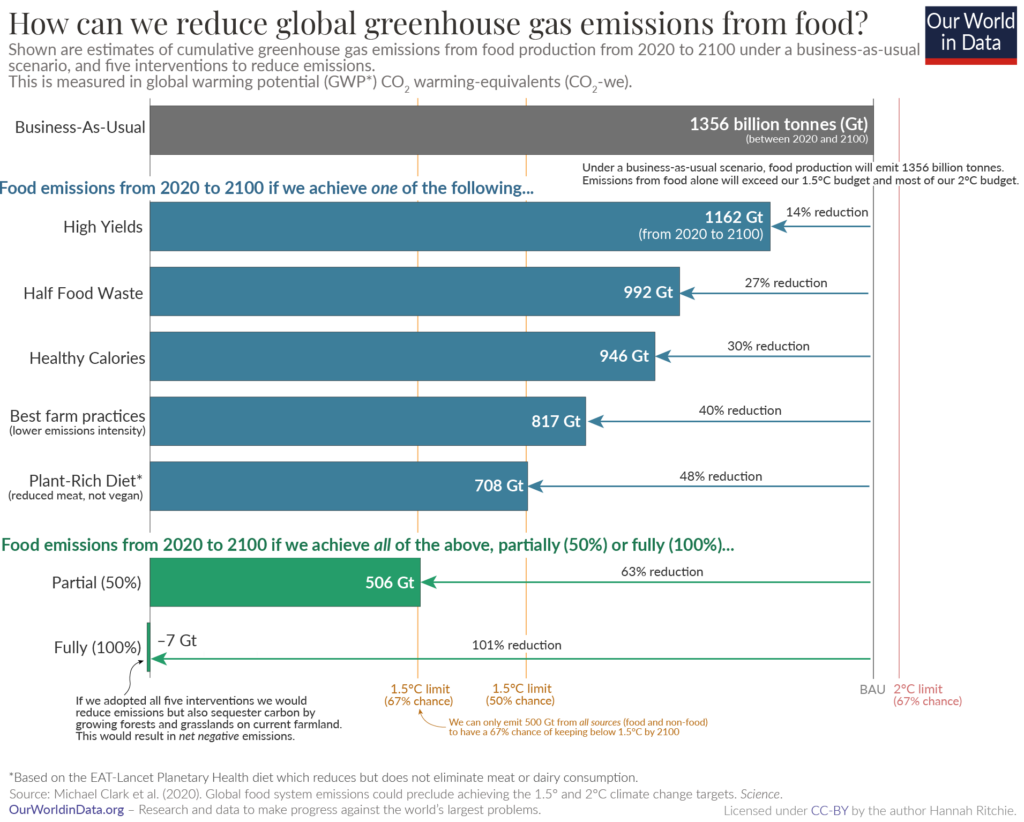Election madness 2024 — one year in the Data Vis Dispatch
January 9th, 2025
3 min
Datawrapper lets you show your data as beautiful charts, maps or tables with a few clicks. Find out more about all the available visualization types.
Our mission is to help everyone communicate with data - from newsrooms to global enterprises, non-profits or public service.
We want to enable everyone to create beautiful charts, maps, and tables. New to data visualization? Or do you have specific questions about us? You'll find all the answers here.
Data vis best practices, news, and examples
250+ articles that explain how to use Datawrapper
Answers to common questions
An exchange place for Datawrapper visualizations
Attend and watch how to use Datawrapper best
Learn about available positions on our team
Our latest small and big improvements
Build your integration with Datawrapper's API
Get in touch with us – we're happy to help
This article is brought to you by Datawrapper, a data visualization tool for creating charts, maps, and tables. Learn more.
I’m Marten, one of the developers at Datawrapper. Everyone has heard that eating meat is bad for the environment. And I hate to admit it, but my own attempts at reducing my meat consumption on a daily basis can be called half-hearted to say the least. So with this Weekly Chart, I thought it might be a good time to clear up some of my own ignorance about how my dietary choices affect the planet.
When I think about stuff that is bad for the environment, I usually think of things like flying, driving, energy production, etc. But I don’t always think of food, despite the fact that around 25% to 30% of global greenhouse gas emissions stem from food.
Emissions from food happen through land use practices such as deforestation, agricultural production such as methane emissions from livestock, and along the supply chain through food processing, packaging, transport, and retail. In fact, if we want to keep the global average temperature rise below 2°C by 2100, food alone is currently using up almost all of our emissions budget. That is, we’d have just over a year to stop all emissions from non-food sectors like energy and industry if we changed nothing about the way we produce and consume our food. Completely impossible!
So it’s evident we need to change something.

Browsing around Our World in Data (a fantastic resource with regards to all things climate change) I found the above chart, which mentions a number of things we can do to cut food emissions: cutting down food waste, increasing harvest yields, eating healthier amounts of calories, and overall consuming less meat.
Of course, I always knew that eating less meat is somehow good for the climate. But I was really surprised to learn just how big of an effect cutting down on meat in our diet actually has. If everyone on the planet adopted a plant-rich diet (not vegan, but reducing the consumption of meat and dairy products considerably), we’d be able to reduce food emissions by 2100 by as much as 48%!
Now historically, Germany — land of the sausage — is not really known as a “vegan-friendly” country. And I myself greatly enjoy eating the occasional Bratwurst.
But with more and more of my friends and family turning vegan, vegetarian, or at least flexitarian, and with meat-free alternatives springing up left, right, and center, at least anecdotal evidence seems to suggest that eating less or no meat is becoming mainstream. Is our meat consumption finally on the right path to saving the planet?
Unfortunately, looking at the actual data of meat consumption in Germany tells a bit of a different story.
As you can see in the area chart above, meat consumption in Germany has been pretty consistent throughout the years 1991 to 2021. There’s some bumps here and there along the way,[1] but the average person in Germany eats a staggering 90 kilos of meat per year, way above the global average of 42.9 kilos in 2018.
In general, meat consumption in high-income countries is much higher than in low-income countries. The largest meat-eaters are in Australia with a consumption of about 116 kilograms; Europeans and North Americans consume on average 80 and more than 110 kilograms, respectively. On the other end of the spectrum stands India with only about 4 kilograms per person.
While things seem to be improving in Germany, with meat consumption steadily declining since 2018, we’re definitely still not doing enough. According to the EAT-Lancet commission, a diet healthy for people and planet consists of only 98 grams of red meat (like beef, pork, or goat) and 203 grams of poultry per week.[2] Projecting this amounts to only 15.6 kilos of meat per year. Compared to that goal, we still have a long way to go.
Personally, I’m not sure I’ll ever be able to give up on eating meat completely. However, with some of my own ignorance cleared up, I now know that my dietary choices can actually have a massive impact on the environment. In the future, I’ll definitely think twice about ordering that steak or burger for dinner, and hopefully some of you will too.
And that’s it from me. If you have any questions or comments I’d love to hear from you at marten@datawrapper.de or on Twitter. Otherwise we’ll back with another edition next week!
Comments